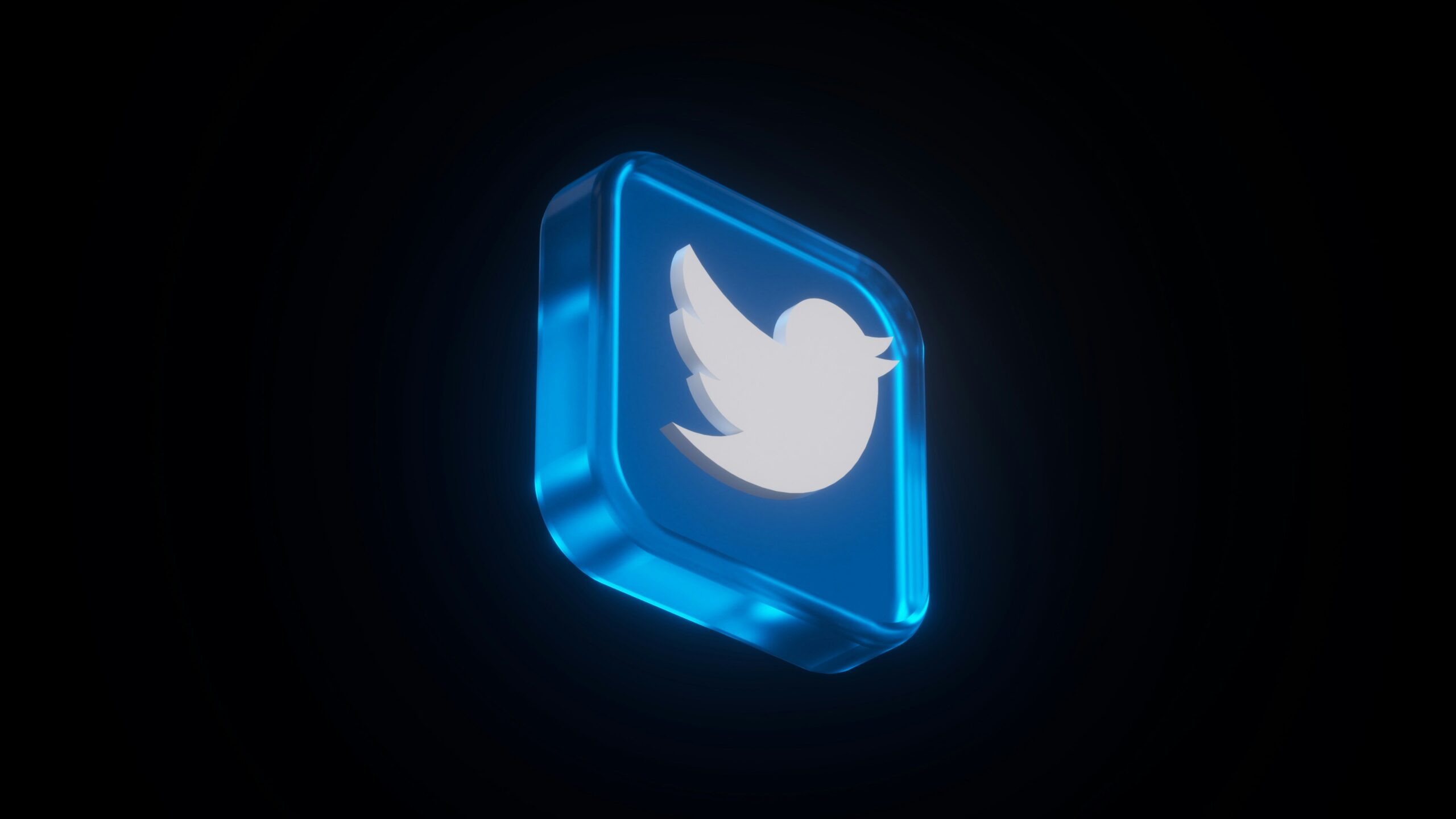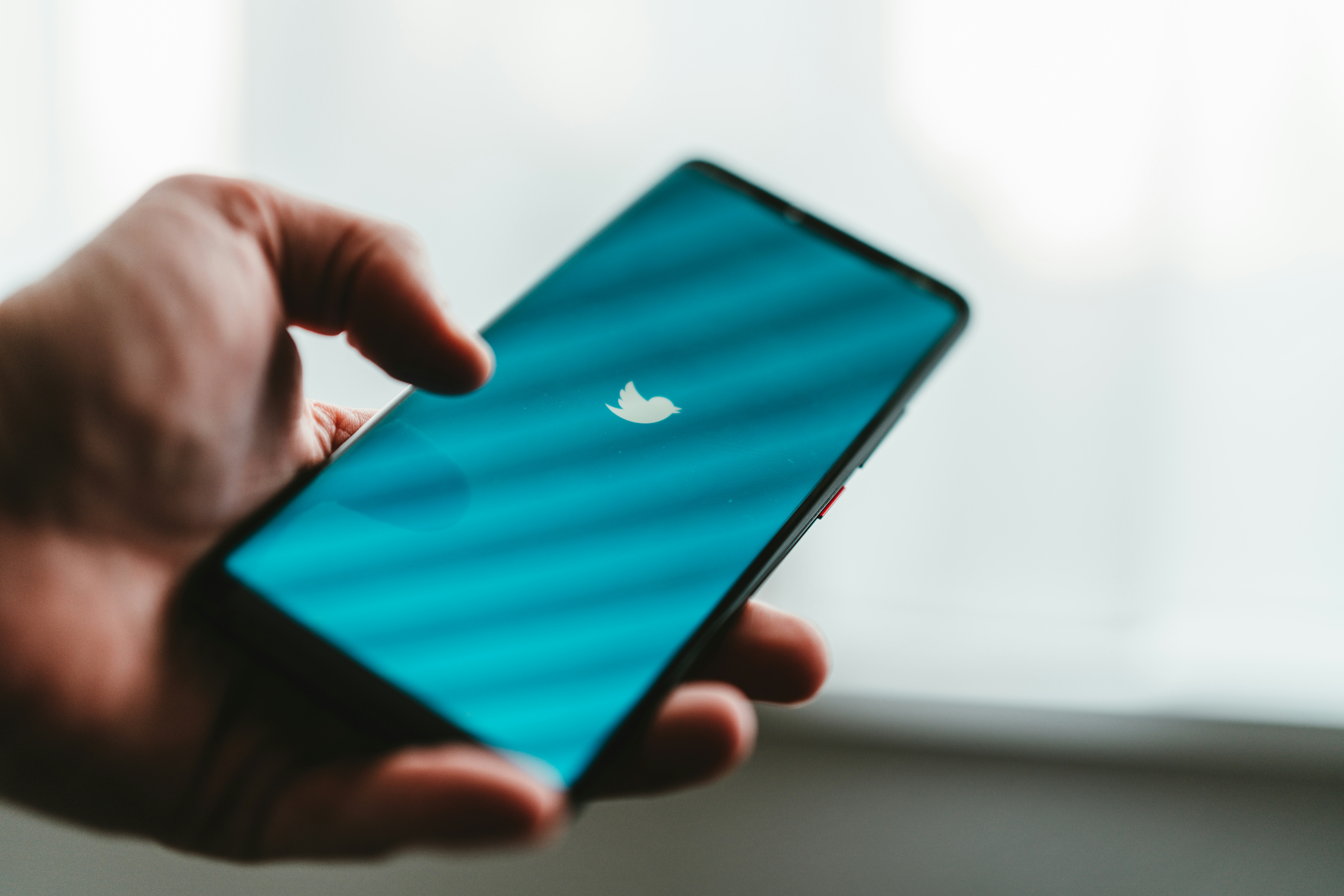Twitter Logo: Meaning, History, Design Influences, and Evolution

Twitter, the popular social media platform, is instantly recognizable by its iconic logo. The Twitter logo has undergone several changes over the years, each iteration reflecting the company’s growth, purpose, and evolving design trends. In this article, we will explore the meaning, history, design influences, and the fascinating evolution of the Twitter logo.
Understanding the Twitter Logo
The Twitter logo is one of the most recognizable symbols in the digital world. Beyond its visual appeal, the logo holds deeper meanings that resonate with users around the globe. Let’s delve into the symbolism behind this iconic symbol and explore the significance of a well-designed logo in branding.
When we examine the Twitter logo further, we uncover a rich tapestry of design elements that contribute to its impact. The choice of the color blue, for instance, is no accident. Blue is often associated with trust, stability, and communication – qualities that align perfectly with Twitter’s mission of facilitating meaningful connections. The sleek, minimalist silhouette of the bird conveys a sense of modernity and efficiency, reflecting the platform’s commitment to simplicity and ease of use.

The Symbolism Behind the Twitter Logo
What does the Twitter logo represent? One look at the logo, and you are transported into the realm of social media. The simplified blue bird, affectionately known as Larry, symbolizes connection, communication, and the power of instant sharing. This bird embodies the core values of Twitter – freedom, expression, and accessibility.
Moreover, the upward orientation of the bird in flight symbolizes progress, growth, and the endless possibilities that Twitter offers its users. It serves as a reminder that on this platform, voices can soar, ideas can take flight, and conversations can reach new heights. The Twitter logo, therefore, becomes not just a symbol but a beacon of inspiration for a global community of tweeters.
The Importance of Logo in Branding
A logo is more than just a visual representation; it is the face of a brand. The Twitter logo acts as the key identifier for the platform, creating an emotional connection with its users. With its clean and recognizable design, the logo becomes a symbol of trust, reliability, and innovation. It is this logo that anchors Twitter’s branding efforts, fostering a strong brand identity that resonates with millions around the world.
By consistently incorporating the logo across all its branding materials, from the app icon to marketing campaigns, Twitter reinforces its visual identity and reinforces brand recall. The logo becomes a visual shorthand for the platform’s values and offerings, making it instantly recognizable in a crowded digital landscape. In this way, the Twitter logo not only represents the brand but also serves as a powerful tool for brand recognition and differentiation.
The History of the Twitter Logo
To truly understand the Twitter logo, we must explore its journey from inception to its current iteration. The logo has, indeed, come a long way, reflecting the growth and evolution of the platform.

The Initial Concept and Design
The Twitter logo was born in 2006, with the original bird named after basketball player Larry Bird. Designed by Simon Oxley, the bird represented the essence of Twitter’s mission – to spread messages far and wide in a captivating and effortless manner. The initial design, with its simple silhouette and calm blue color, laid the foundation for future transformations.
One interesting fact about the original Twitter logo is that it was actually a stock image that Simon Oxley purchased for just $15. This humble beginning highlights the organic growth and grassroots nature of Twitter’s early days. The decision to choose a bird as the symbol was inspired by the concept of birds chirping, symbolizing short and quick messages, which aligned perfectly with Twitter’s microblogging platform.
Major Changes and Modifications Over the Years
As Twitter grew in popularity, the need for a more refined and versatile logo became evident. Over the years, the logo underwent significant changes, evolving alongside the platform’s expanding functionalities and user base. The introduction of a more abstract bird and subtle design modifications brought a fresh perspective while maintaining the iconic bird as the central element.
With the rise of social media and the increasing importance of branding, Twitter recognized the significance of a strong visual identity. This led to further refinements in the logo design, focusing on scalability and recognizability across various digital platforms. The evolution of the Twitter logo reflects not only the company’s growth but also its commitment to staying relevant in an ever-changing digital landscape.
Design Influences Behind the Twitter Logo
Design trends and influences often shape the course of logo redesigns. The Twitter logo stands as a testament to the careful consideration given to typography, color choices, and overall design aesthetics.
The Role of Typography in the Twitter Logo
When it comes to effective logo design, typography plays a pivotal role. Twitter’s logo embraces a unique, custom typeface that exudes simplicity and legibility. The slightly slanted letters create a sense of movement, mirroring the dynamic nature of the platform. This deliberate choice highlights the brand’s commitment to innovation and constant evolution.
Color Choices and Their Significance
The selection of colors in a logo holds immense symbolism. Twitter’s recognizable blue color palette represents trust, reliability, and calmness. This calming shade evokes a sense of community, encouraging users to express themselves freely. The logo’s color choice plays a significant role in solidifying Twitter’s brand identity as a platform that connects individuals from all walks of life.
The Evolution of the Twitter Logo
Over the years, the Twitter logo has undergone a remarkable evolution, reflecting the growth and maturation of the platform. Let us explore the transformative journey of this iconic logo.

The Logo’s Transformation Over Time
From the original design to the present-day iteration, the Twitter logo has experienced drastic transformations. The logo evolved to incorporate a more streamlined and refined silhouette, emphasizing simplicity and ease of recognition. Each change demonstrated Twitter’s commitment to staying relevant and user-centric, aligning the logo with the ever-evolving digital landscape.
The Current Logo and Its Impact
The current Twitter logo, introduced in 2012, represents the epitome of the platform’s evolution. With a sleeker, more stylized blue bird, the logo communicates a sense of stability, progress, and adaptability. It serves as a visual reminder of the brand’s continuous innovation and unwavering dedication to facilitating connections worldwide.
The Future of the Twitter Logo
As with any emblem, the Twitter logo will undoubtedly continue to evolve, reflecting the changing times and shifting design trends. What can we expect from the future versions of the Twitter logo?
Predictions and Expectations
The future Twitter logo will likely embrace emerging design trends, focusing on minimalism, versatility, and digital adaptability. With technology advancing at a rapid pace, the logo may undergo subtle modifications to stay in sync with changing user preferences and design aesthetics.
The Role of User Feedback in Logo Redesign
User feedback plays a significant role in shaping the future of any brand logo. Twitter understands the importance of listening to its users and leveraging their insights to continually refine their logo. User sentiment, along with market trends, will undoubtedly influence the direction of any redesigns in the future.
In conclusion, the Twitter logo carries immense meaning, steeped in Twitter’s mission of connection and communication. Its history reflects the journey of the platform, and its design influences and evolution showcase the brand’s commitment to staying relevant and innovative. As Twitter continues to shape the digital landscape, we eagerly anticipate the future transformations of this iconic logo.
Now that you’ve delved into the significance of the Twitter logo and its impact on branding, it’s time to create a visual identity that resonates with your own brand’s values and mission. With Boon, you can harness the power of Artificial Intelligence to craft a custom logo that captures your brand’s essence. Whether you’re looking to engage users, tell a compelling story, or strengthen your business across any industry, Boon makes it effortless. Ready to bring your brand to life with a logo that stands out? Let’s make a logo!
